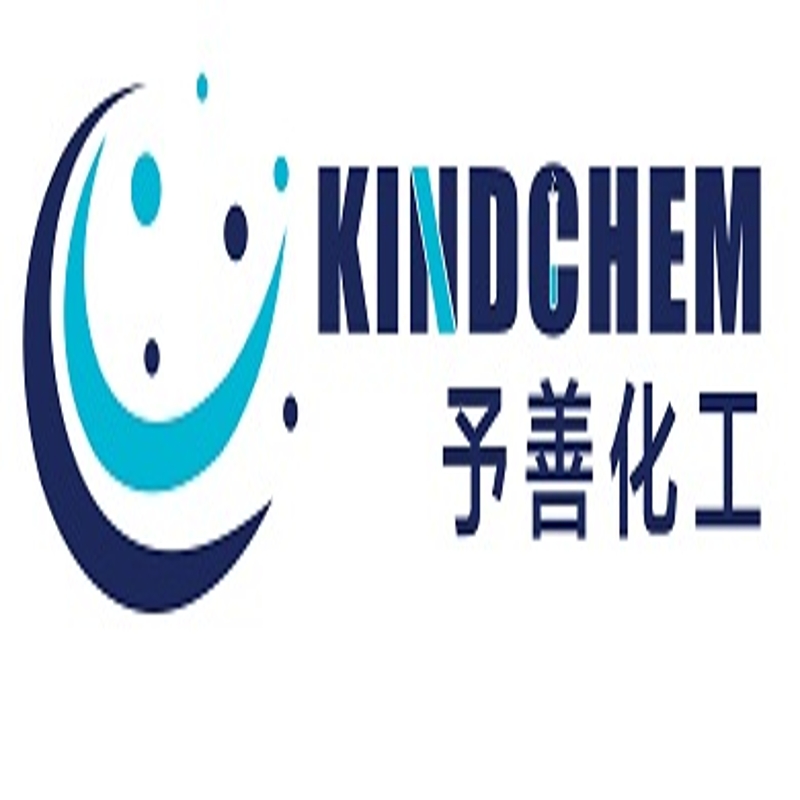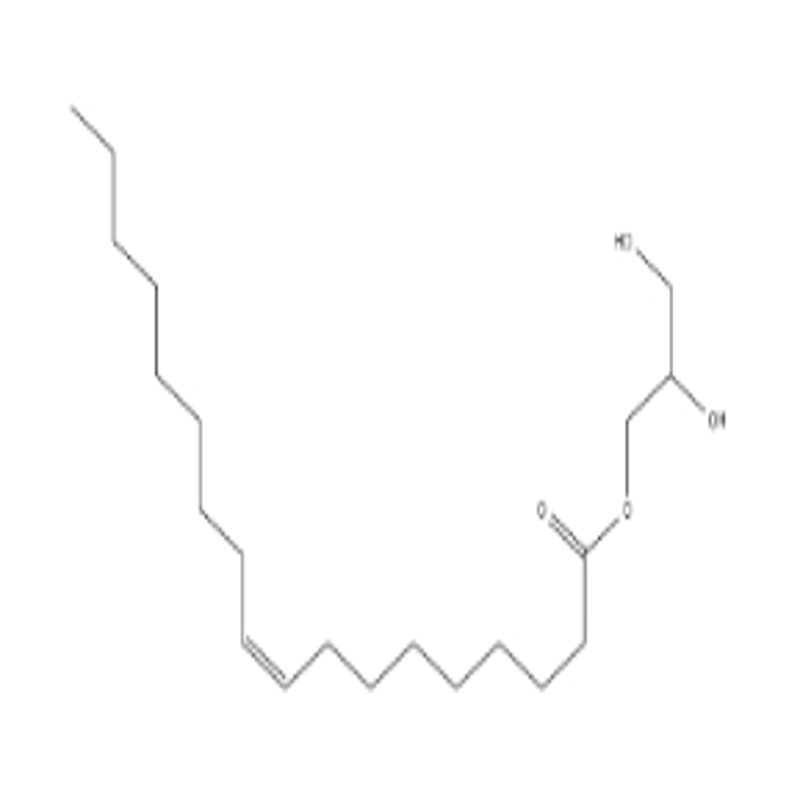-
Categories
-
Pharmaceutical Intermediates
-
Active Pharmaceutical Ingredients
-
Food Additives
- Industrial Coatings
- Agrochemicals
- Dyes and Pigments
- Surfactant
- Flavors and Fragrances
- Chemical Reagents
- Catalyst and Auxiliary
- Natural Products
- Inorganic Chemistry
-
Organic Chemistry
-
Biochemical Engineering
- Analytical Chemistry
- Cosmetic Ingredient
-
Pharmaceutical Intermediates
Promotion
ECHEMI Mall
Wholesale
Weekly Price
Exhibition
News
-
Trade Service
The aviation industry is looking for sustainable flight paths as part of the EU's Clean Sky 2 initiative
.
The Clean Sky 2 Multi-Function Airframe Demonstrator (MFFD) is 8.
5 meters long with a fuselage section made of composite materials and a diameter of 4 meters, giving us a glimpse into what the next generation of aircraft might look like
.
Now, the STUNNING project at Royal NLR is expected to be the largest component of the MFFD with the laying of the 8.
5-meter lower fuselage skin, the largest component of the MFFD
.
As Europe grapples with the climate crisis, the EU has begun rolling out several programmes aimed at challenging the status quo in almost every area, all aimed at improving sustainability and reducing our carbon footprint
.
For the aerospace industry, the Clean Skies 2 program and its Multi-Function Airframe Demonstrator (MFFD) aim to challenge the structure of aircraft directly at the source - finding how transitioning from traditional aluminum to next-generation carbon fiber-reinforced composites can improve more than just structure , which can also significantly reduce emissions
.
To play a leading role in the MFFD framework and share their expertise in composites, Royal NLR has undertaken their own project called STUNNING with collaborators GKN Fokker (lead), TU Delft and Germany's Diehl
.
Their goal is to demonstrate and demonstrate that the use of composite materials (i.
e.
thermoplastics) can help achieve next-generation aircraft capable of delivering the same strength and durability as steel and aluminum, while drastically reducing overall production and maintenance time
.
As well as reducing the overall weight of the aircraft and subsequent emissions
.
Joachim de Kruijk, Senior R&D Composites Engineer at NLR, said: "Probably half of the aerospace industry in Europe is involved in the MFFD project because we really delve into various manufacturing technologies, all with sustainability in mind
.
" When looking at various manufacturing options and materials, we believe the best way to achieve this goal of a more sustainable airframe structure is to utilize a new generation of thermoplastic materials
.
We see this material can change manufacturing methods and design techniques to make aircraft lighter , which means less fuel burn and CO2 and NOx emissions - while maintaining the strength and safety we expect from traditional aluminium aircraft
.
"
world first
world firstMany modern aircraft, such as the Airbus A350 XWB and Boeing 787 Dreamliner, already use composite materials (i.
e.
thermosets) in the construction of components, brackets and even fuselage shells
.
However, in the STUNNING project, the experts from GKN Fokker and NLR were tasked with designing and manufacturing large aircraft and structural parts with high productivity
.
“One of the real improvements that comes with using thermoplastics is that, unlike thermosets, the material can be heated and reheated multiple times during manufacturing and assembly to ensure uniformity and adhesion,” explains De Kruijk
.
“In STUNNING, one of our goals is to show how different processes can be combined to build structural and non-structural components for full integration
.
To do this, we set out to build the entire lower half of the fuselage, not only in depth The manufacturability of aircraft skins, but also the manufacturability of substructures (such as ribs under the skin) and other structural parts (such as floor beams), as well as parts of the cabin, systems and even cargo doors
.
”
The world's largest known single thermoplastic part
The world's largest known single thermoplastic partWith these lofty goals in mind, the collaborators set out to test their various fabrication techniques to build the numerous components and structures to be integrated into the airframe
.
For NLRs, that means testing their knowledge and production capabilities, the biggest part of which is the fuselage underbelly
.
With the help of its in-house state-of-the-art automated fiber placement machine, NLR achieved its goal, constructing the lower half of the fuselage skin - a single piece, 8.
5 meters long and 4 meters in diameter - the largest known in the world Single thermoplastic part
.
differentiator
differentiatorThis is certainly no small feat, as it has never been done before
.
While thermoset composites are increasingly used in aircraft manufacturing, large thermoplastic parts are relatively new to the field, which means that it can be relatively expensive
.
But De Kruijk said that was only at face value, as the benefits far outweighed the price
.
"For example, thermoplastics are a bit lighter than thermosets because it's a tougher matrix material and has better resistance to impact damage, which is important," explains De Kruijk
.
Beyond that, however, is how the material is utilized in manufacturing
.
To join different parts or components of thermoplastic, you only need to heat the material to weld it together
.
This means that we will eliminate hundreds of thousands of fasteners on traditional aircraft, which will undoubtedly greatly reduce the weight of the aircraft
.
"
Another subject of NLR's research is how to inspect, maintain and repair aircraft made of thermoplastics
.
Until now, the limited use of large composite parts in aircraft has meant far less data and practice around inspection, maintenance and repair
.
“Currently, we are working on developing some non-destructive inspection (NDI) techniques for inspecting aircraft, such as thermal imaging and shear imaging, but the technology is not yet fully mature
.
Currently, we use ultrasonic inspection to check for defects and problems, but This can be a time-consuming process
.
” However, inspections and maintenance of conventional aircraft are also currently slow
.
Due to the properties of thermoplastics, being able to be reheated and welded together, we can see that repairs can be made much faster than conventional aircraft
.
Imagine the time saved by not having to physically inspect every rivet of the entire structure
.
"
Integrate
IntegrateDue to the size of the final epidermis, two parts were made
.
With the layup of the second 90-degree section of the lower fuselage skin complete, the next step is to merge the two 90-degree sections of the lower fuselage skin into a single 180-degree fuselage skin section
.
To do this, however, requires a very large autoclave capable of assembling and heating oversized parts to join them together
.
Since there are no such autoclaves in the Netherlands, the two halves will be sent to Germany for integration
.
However, this step of the project has been delayed several times due to the pandemic
.
Currently, the process is scheduled for the end of June
.
"Assuming we can advance the connection of these two airframe sections by June, we expect to be able to bring the reinforced straps back to the NLR by the summer to begin the detailed NDI process for thorough testing, verifying its success and establishing the complete mass reduction of the airframe.
Lower skin," De Kruijk explains
.
"Afterwards, we will ship it to our partner at GKN Fokker, where the various components developed in the STUNNING project can be fully assembled and integrated
.
"







